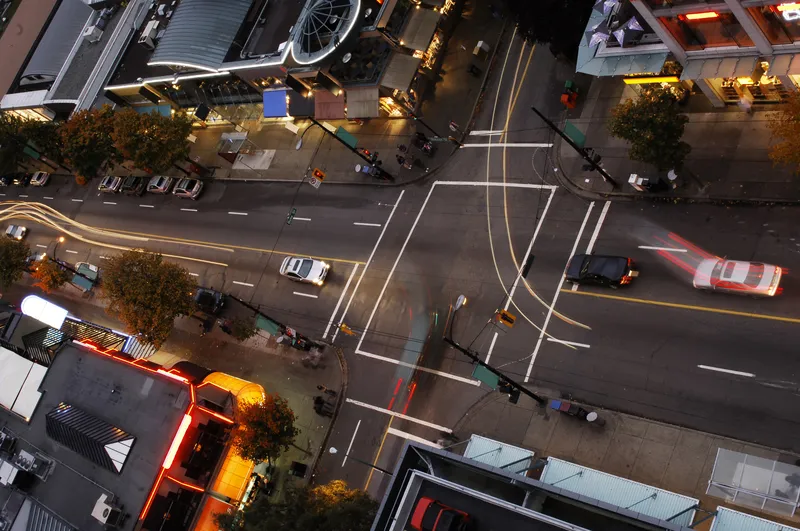
US companies
The combination of Live Traffic Data’s software and EDI’s hardware enables traffic engineers to see data relating to intersection traffic flows in real time. Live Traffic Data is appearing at Intertraffic for the first time.
EDI’s sales director John Shearer said that the DA300, which has been on the market for a couple of years, has a 95% market share in North America. “As we move into the data market, we need data analytics.” The SIGPAT software platform handles that role, storing data in the cloud, where it can be archived for anything up to five years.
However, the fact that the information can be made immediately available to traffic engineers gives them immediate feedback on how individual intersections are performing, giving information on factors such as queue lengths.
SIGPAT covers around 5,000 intersections across the US, including 1,200 in Las Vegas and surrounding areas, plus another 1,100 in Phoenix, Arizona.
Stand: 8.400










